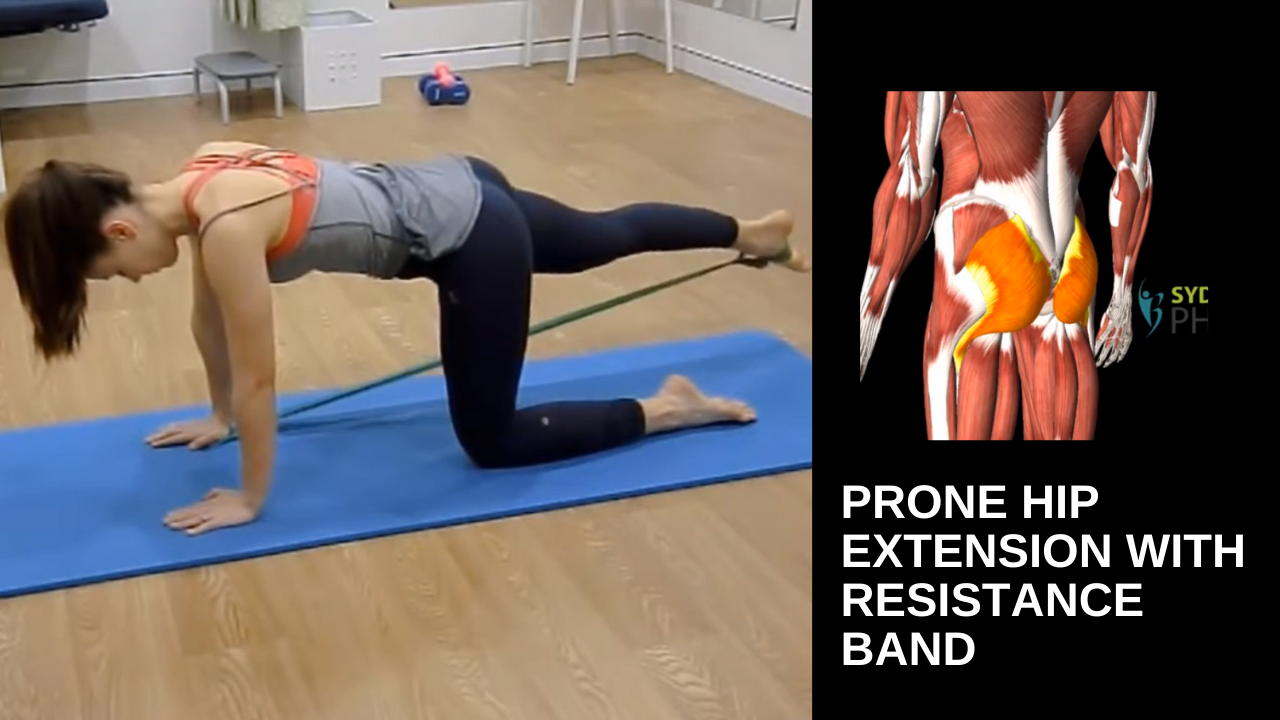The benefit of being strong as you age
Kazuyoshi Miura, still playing professionally in his 50s.
For athletes heading into their 40s, it is harder to perform at the same level as athletes in their 20s. Performance for sport is no longer a matter of course. As we get older, our body becomes less able to take the impact and the physical demands for our sports.
We often see an athlete wraps up his playing days due to an injury. I often hear: “guess I am getting old” or “I am too old to do that.” However, recent evidence has shown that you can maintain or even improve your performance level by doing targeted strength training.
In this blog, we aim to outline:
What is going on with your muscle as you age?
What can be done to maintain your level of performance while staying injury-free?
The evidence behind it
Your muscles as you age
Our muscle fibres are extremely adaptable in both structure (how big it is) and function. Our muscle bulk is a result of our habitual patterns and physical activity. Research has shown that as we age, there is a small loss in peak performance of muscle power (the muscles force and velocity) around age 35. This decrease in muscle power steepens around age 50. Muscle power is determined by the number of fibres and the thickness of each muscle fibres.
Muscle weakness is a major determinant of the development of aches and pains. Not being strong equates to having more aches and pains.
Muscle strength needs to be maintained – when maintained well, it improves the quality of our everyday lives.
The muscle mass of a 70-year-old triathlete looks just as good as a 40-year-old triathlete.
The key lies in targeted strengthening exercises such as weight training. Much of the research has looked at muscle changes in sedentary adults and shows an acceleration of muscle weakness with aging. You need to lift - and try to lift heavier weights.
What you can do to stay strong and the evidence
One study looked at a group of master's athletes (ages 40-81) who trained 4-5 times a week. MRI results that assessed their bone density, adipose (fat), and muscle mass revealed no significant decline with age in muscle thigh mass or strength. This indicates that muscle mass and strength loss is a sign of chronic disuse rather than age alone.
Everyone gets older at the end of the day. But we can push back against the aches and pains by pushing ourselves to stay strong. The benefits will be more than just a toned body. Research shows that seniors who participate in regular exercise show significantly lower levels of cardiovascular disease, diabetes, depression, and anxiety compared to the general population of adults in their age group. Further, only 10% of older athletes report falling yearly compared to 30% of community dwellers. Senior athletes also exhibit similar gait speeds as adults in their thirties.
When you are here receiving treatment with us, you will often see our emphasis on strength training. This is because gaining strength is what ultimately defines recovery, ongoing injury prevention, and performance. The muscle mass of a 70-year-old triathlete looks just as good as a 40-year-old triathlete. There is a lot more benefit to stay active.
Testimonial
Craig, a 70-year-old weight lifter Chris writes his own views on why he never stopped.
“Why I never quit exercising? Because, when I wake up after a good workout the previous day, I simply, like what I see in the mirror. Albeit a little wrinkly, a little cranky, but by enlarge, it separates me from my other senior friends. Exercise is a staple of each day, no matter what is happening, the sweat and effort give me peace of mind and mental strength.”
Reference
Wroblewski, A. P., Amati, F., Smiley, M. A., Goodpaster, B., & Wright, V. (2011).
Chronic exercise preserves lean muscle mass in masters athletes. The Physician and Sportsmedicine, 39(3), 172-178
Wright, V. J., & Perricelli, B. C. (2008). Age-related rates of decline in performance among elite senior athletes. The American journal of sports medicine, 36(3), 443-450
Faulkner, J. A., Davis, C. S., Mendias, C. L., & Brooks, S. V. (2008). The aging of elite male athletes: age-related changes in performance and skeletal muscle structure and function. Clinical journal of sport medicine: official journal of the Canadian Academy of Sport Medicine, 18(6), 501.
Kim, A. C. H., Park, S. H., Kim, S., & Fontes-Comber, A. (2019). Psychological and social outcomes of sport participation for older adults: a systematic review. Ageing & Society, 1-21.












